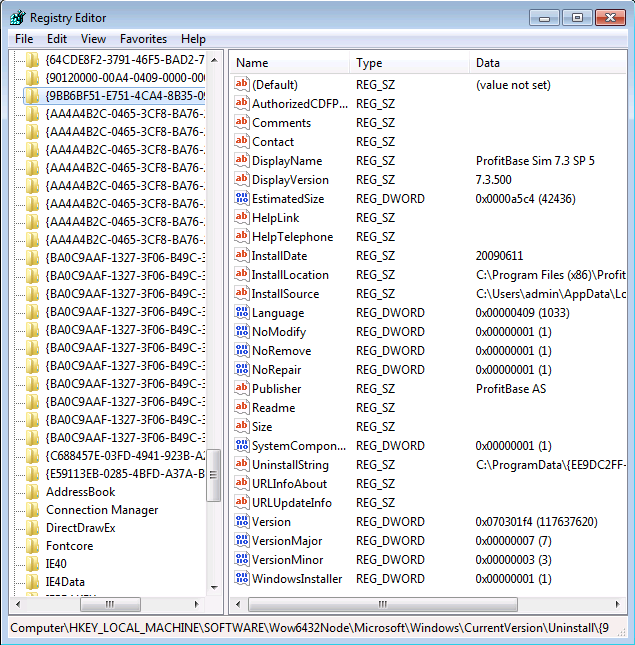

- #Lost toolbar tajima pulse software full#
- #Lost toolbar tajima pulse software pro#
- #Lost toolbar tajima pulse software professional#
- #Lost toolbar tajima pulse software mac#
Jq is a tool for processing JSON, applying the given filter. And, one of the features I’m super excited about, is a jq integration. There is a new color theme that matches Xcode. I added line numbers, the way to change some basic settings, like font size. Response viewer has also gotten some love in this release. You can filter by URL, host, method, request or response body or headers, and more. The most powerful filter is probably “General” where you can add as many custom filters as you’d like with an easy-to-use interface. Networks filters were also designed from scratch. It now has its own view designed from scratch with its own columns and its own filters. With Pulse Pro, network tab was completely redesigned. The previous app also had a separate “Network” tab, but in reality, it was just the same interface reused interface from the “Console” tab with a filter applied. Unlike the traditional plain text logging system, you can make this choice on the display time instead of the time of logging, which is great. You can also toggle “Show Responses” to see nicely formatted network responses inline with your logs. I’m also going the same minimap as in the console soon – more on it later. You can search, filter by line, show line numbers, and change some basic settings like font size. The text view itself is also pretty powerful. For example, I cache the strings generated for the individual messages and simply re-compose them later. I’ve done a ton of optimizations to make it as quick as possible. Change the filters, and it re-generates the text.
#Lost toolbar tajima pulse software pro#
Toggle the “List” mode, and Pulse Pro will generate the formatted text based on your current filters.

Text usually has no formatting, you can’t open details for the message, and you can’t filter text dynamically like you can a table view. As soon as you go plain text, you lose all of the structure. But plain text logs have their own problems.

Tables are perfect for many use cases, but sometimes nothing beats good old text. To show filters, hit Cmd+Option+F or click the toolar item. You can collapse the sections you rarely use, and the app saves your preferences. In Pulse Pro, you can toggle and reset each filter individually, which is surprisingly convenient. You know how in many apps you configure the filters, but then your only options are to either reset them all or change them back to the defaults manually. And bare with me, there is more coming.įilters were also fully redesigned. I’m primarily an iOS engineer, and I’m breaking new ground here. But it was important for me to get these right. OK, at this point, you might think these are the table stakes for a macOS app. The high information density and flexibility allow you to really interact with your data. And, of course, you can sort by a column. You can remove and hide columns, and the app remembers your choice. When you launch the console for the first time, you are greeted with a simple and clean view with only a few columns and no details panel. The first change that I made for Pulse Pro was to replace the list view with a fully adjustable table 1.
#Lost toolbar tajima pulse software mac#
Mac apps are flexible and adjust to how we individually use them.

#Lost toolbar tajima pulse software professional#
It was a nice native macOS app, but you couldn’t call it a professional app by any stretch of the imagination.
#Lost toolbar tajima pulse software full#
Overall, it just wasn’t taking full advantage of the platform. Most of the text in the app was non-selectable. You couldn’t toggle between vertical and horizontal layouts. There was only one mode to display information – a list view. It had an inflexible interface with many iOS-isms. The previous version of the Pulse macOS app was fairly limited. It even sends the logs recorded during the app launch while the connection isn’t up yet. The client app replicates all the logs to the server using a simple custom binary protocol. It advertises the Bonjour service on the local network and listens to the TCP connections. Remote Logging is implemented using the new Apple Network framework. You can also easily delete them if needed. The logs are stored persistently both on the device with the Pulse framework and by the Pulse Pro app, so you can get back to them later.


 0 kommentar(er)
0 kommentar(er)
